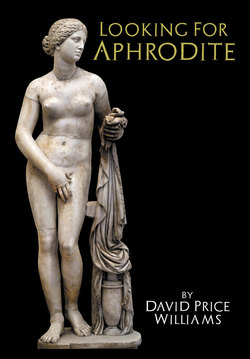Читать книгу Looking for Aphrodite - David Price Williams - Страница 33
Оглавлениеhe urged his men to locate and to map as many of the ancient sites near the coast as they could, “against the day,” he rather far-sightedly wrote, “that the local people awake to their importance.” The naval surveyor who actually mapped Cape Crio and Knidos on Beaufort’s behalf was Lieutenant Thomas Graves, Captain of a decommissioned warship ‘Meteor’, a leaky 378 ton tub which had been re-named HMS Beacon. His survey, in 1838, included the whole city – the mainland, the island, the harbours, the walls, the streets, the acropolis and some of the ancillary buildings as well. It’s a masterly work, with the physical features beautifully stippled to show the rugged nature of the coastline.
Twenty or so years later, between 1857 and 1859, the site was looked at again, this time in some detail, by C. T. Newton, later Sir Charles Newton, of the British Museum. He carried out excavations in various parts of ancient Knidos, and especially, he exposed a sanctuary dedicated to Demeter and Persephone high up in the north-eastern part of the city where he discovered a seated statue of what is presumed to be Demeter herself as well as a head which he interpreted as that of her daughter Persephone, more of which later. Meanwhile, in the lower part of the city he cleared part of the theatre and a Temple to Dionysus.
But his most well-known discovery was made a couple of miles east of the city, on a headland overlooking the sea. There he found a sculpture of a huge marble lion half buried in the ground which had once surmounted the roof of a monumental tomb nearby, a building which he maintained had been a victory cenotaph to the mariners who perished in a sea battle off Knidos in 394 BC. After a huge amount of effort he managed to transport this stone lion by ship to London and place it in the British Museum. It now sits in a commanding location in Norman Foster’s recently built Great Court right in the centre of the building.
✳ ✳ ✳ ✳
25
